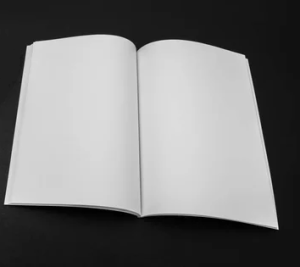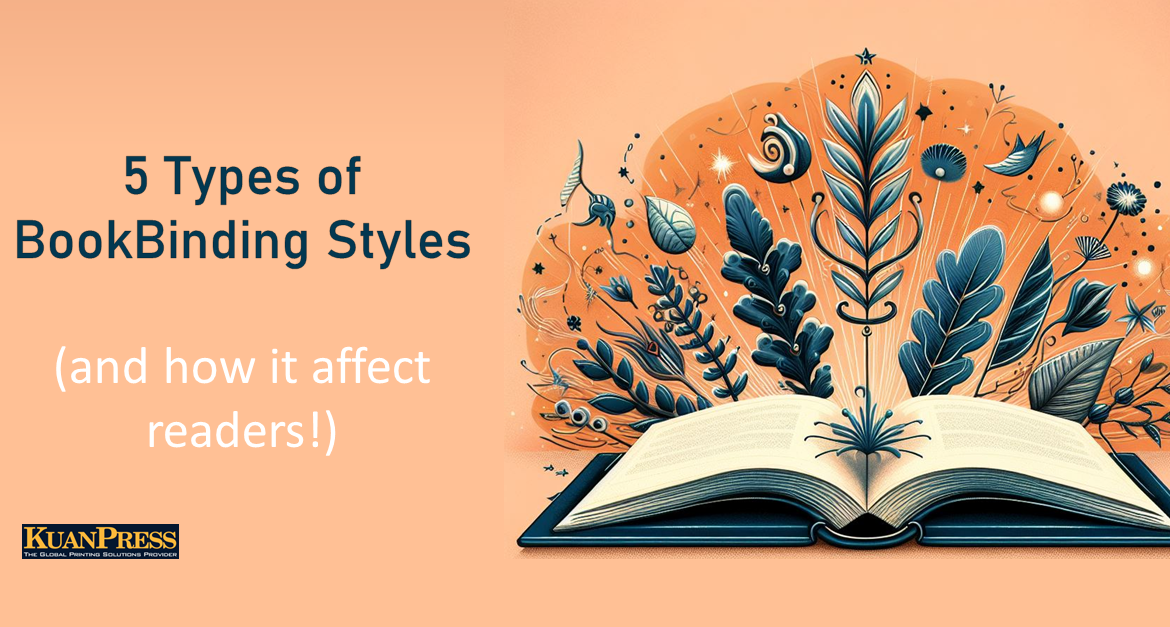What is Bookbinding?
Have you ever held a book and feel the rigid spine in your hand? This structure made up of compiled pages is known as bookbinding. Bookbinding involves assembling written or printed pages within covers to create a volume, or book.
There are a few types of bookbinding styles, each with its unique characteristics and appeal. These styles range from traditional methods like Coptic Stitch or Japanese binding to more modern techniques such as perfect binding. Each style does not only influences the physical appearance and reading experience of the book but also impacts the durability of the book.
In this article, we will go on a journey to explore the way different bookbinding influence reading experience and their durability. So, whether you’re an avid reader, a book collector, or someone interested in book crafts, stay tuned as we unravel the fascinating world of bookbinding.
Different Types of Modern Bookbinding
There are a few types of bookbinding technique:
1. Hardcover Binding

Reading Experience: Hardcover bindings provide a sturdy and rigid cover, offering a substantial feel in the reader’s hands. This can enhance the reading experience, especially for genres that benefit from a more robust presentation, such as reference books, coffee table books, or collectibles.
Durability: Hardcover books are generally more durable due to their robust construction. The rigid cover protects the pages from wear and tear, making them ideal for books that may be handled frequently or stored for a long time.
2. Paperback Binding

Reading Experience: Paperbacks are generally lighter and more flexible, offering a comfortable reading experience. They are well-suited for fiction genres and casual reading, providing a more relaxed feel.
Durability: While not as durable as hardcovers, paperbacks are still quite resilient. However, they may show signs of wear and creasing more quickly, making them better suited for genres with shorter reading lifespans.
3. Sewn Binding

Reading Experience: Sewn bindings involve stitching the pages together, allowing the book to lay flat and stay open more easily. This makes them suitable for textbooks, cookbooks, or any content where readers need hands-free access.
Durability: Sewn bindings contribute to the overall durability of a book. The stitching distributes stress across the entire spine, reducing the likelihood of pages coming loose. This style is often associated with high-quality and long-lasting books.
4. Perfect Bind

Reading Experience: Perfect binding offers a clean and professional appearance, with a flat spine that allows for easy stacking and storage. While not as rigid as hardcovers, perfect-bound books still provide a satisfactory reading experience suitable for various genres.
Durability: Perfect binding relies on adhesive to secure the pages to the cover, making it less durable than sewn bindings. Over time, the adhesive may weaken, leading to pages coming loose, especially with heavy use or improper handling.
5. Saddle Stitch

Reading Experience: Saddle stitching involves stapling folded sheets along the spine, creating a slim and lightweight booklet. This binding style is commonly used for magazines, brochures, and pamphlets, offering a convenient and portable reading experience.
Durability: While saddle stitch binding is cost-effective and suitable for shorter publications, it may not withstand heavy handling or frequent use as well as other binding methods. The staples along the spine can become loose over time, resulting in pages falling out or the booklet losing its structural integrity.

